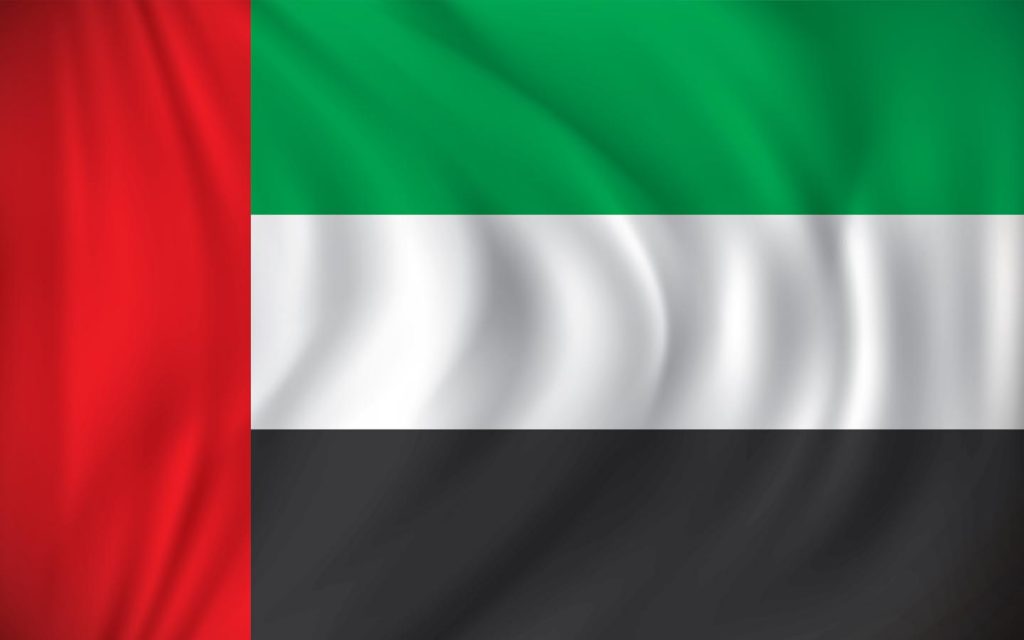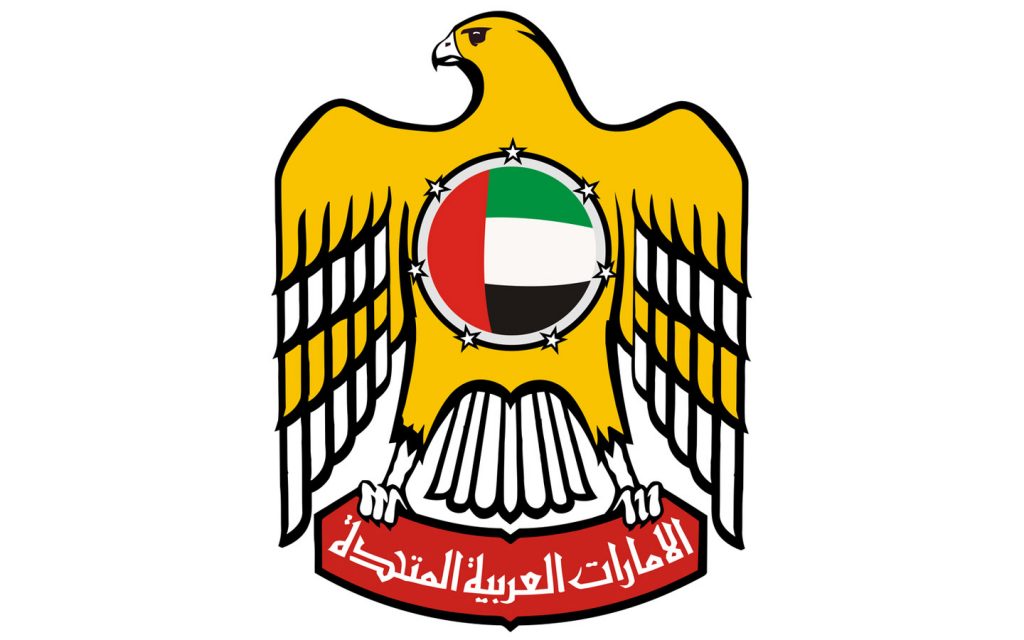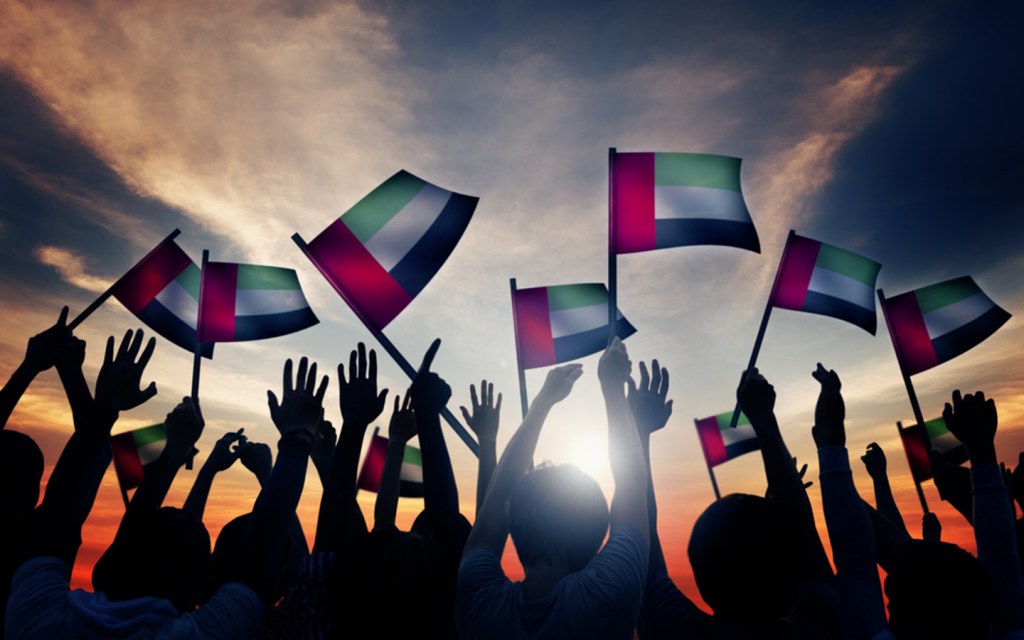The flag of the United Arab Emirates has been a source of great pride for Emiratis. But what does it mean and how did it come to be? Read on to find out more information about the UAE flag.
UAE National Flag History
The Trucial States, also known as the Trucial States of the Coast of Oman, were a group of tribal confederacies in southeastern Arabia as designated by the British government. The term defined the territories whose sheikhs had signed protective treaties, or truces, with the British government from the early 1800’s to 1892. The flag that was eventually chosen to represent the alliance of the Trucial States was a red and white tri-band with a seven-pointed star which represented the seven sheikdoms.
The truce was abolished in 1971 after which six of the sheikhdoms — Abu Dhabi, Fujairah, Sharjah, Dubai, Umm Al Quwain and Ajman formed the United Arab Emirates. Ras Al Khaimah joined the Federation in 1972.
The Pan-Arab colours —red, green, white and black — were used for the final flag. The four-colour design includes three horizontal stripes with a vertical red band on the right.

Who designed the UAE flag?
The UAE flag was originally designed by Abdullah Mohammed Al Maainah who was 19-years-old at the time. His design was one of many competing to become the official symbol to mark the country’s union. He understood the essence and the importance of the UAE’s flag and so put all his efforts to win the competition. He later went on to become the Minister of Foreign Affairs.
The new flag was originally raised for the first time on December 2nd 1971 by the country’s founding father, His Highness Sheikh Zayed bin Sultan Al Nahyan. Representing unity, the Pan-Arab colours are a staple sight in all national, religious, social, sports and other events held in the United Arab Emirates.
The United Arab Emirates emblem

One of the interesting UAE flag facts is that only the President of the United Arab Emirates is allowed to raise the UAE flag with the falcon emblem. This version is also known as the UAE presidential flag.
The emblem of the UAE was originally a golden hawk with a circular red shield in front with seven stars and a white Arab sailboat. This was the official emblem of the country until 2008 before the shield’s design was changed to the national flag.
Meaning of the colours
The history of the UAE flag has a direct impact on its design, especially the colours chosen for it. The flag represents UAE citizens and the values that make the nation so great like achievement, dignity, pride, safety, peace and happiness.
When using the flag, the red stripe is closest to the pole and the green on top. Here is a brief look at the UAE flag colour meaning:
Red
The vertical red stripe in the flag means “together in unity” with the red representing strength, hardiness, bravery and courage. It symbolises the sacrifices of previous generations who laid the foundations for the Union.
Green
Representing the country’s prosperity, the green bar in the UAE flag is a symbol of the natural resources and agricultural heritage of the country.
White
The white colour in UAE flag represents peace and the country’s charitable contributions
Black
The black stripe represents courage and power. It reflects the strength of the Emirati citizens as well as their rejection of extremism and injustice.
The length of the flag is twice its width.
Why is the UAE Flag Day celebrated?

The country’s national flag is honoured on the UAE Flag Day. The day is commemorated every November 3rd since its launch in 2013 by His Highness Sheikh Mohammed bin Rashid Al Maktoum, the Prime Minister of the UAE and Ruler of Dubai. It marks the date when His Highness Sheikh Khalifa bin Zayed Al Nahyan became President of the United Arab Emirates in 2004.
This brings us to the end of the history of the UAE flag. The country’s flag is one of many national symbols of the UAE. Other symbols that are used to represent the UAE include the UAE currency symbols and the latest UAE nation brand logo.
For more information on everything about the UAE, stay tuned to MyBayut.



